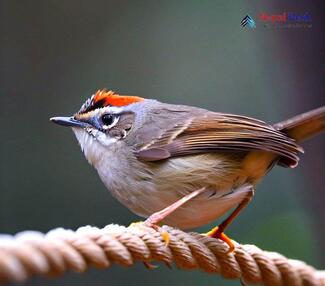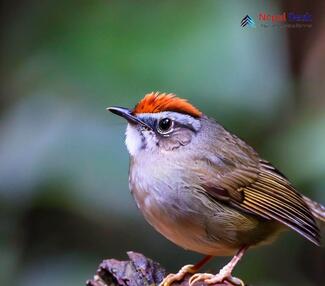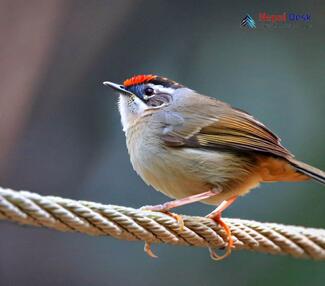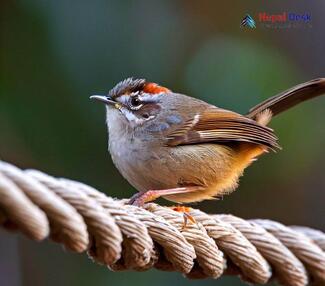The Grey-sided Bush Warbler (Cettia brunnifrons) is a small, elusive bird that has captivated the interest of birdwatchers and ornithologists alike. With its distinctive features, habitat preferences, and fascinating presence in Nepal, there's much to learn about this intriguing species. In this article, we'll explore the taxonomy, physical features, habitat, diet, and an interesting point about the Grey-sided Bush Warbler.
Taxonomy of the Grey-sided Bush Warbler
Belonging to the family Cettiidae, the Grey-sided Bush Warbler is closely related to other warblers within its family. Within the Cettia genus, this bird shares similarities with several other species but stands out due to its unique characteristics.
Physical Features of the Grey-sided Bush Warbler
Boasting a size of around 11-13 cm in length, this warbler is relatively small but leaves a lasting impression thanks to its distinct appearance. Its upper body features a grayish-brown color with darker streaks on its back. Meanwhile, its underside appears a creamy white hue, with a subtle olive wash on its flanks. Male and female Grey-sided Bush Warblers look similar—however, males tend to have slightly darker plumage.
Habitat Preferences of the Grey-sided Bush Warbler
This captivating bird prefers dense undergrowth in subtropical or tropical moist montane forests. Found mainly between 2,000 meters and 3,900 meters above sea level, it thrives in regions characterized by thick shrubs and ample ground cover for nesting purposes.
Dietary Patterns of the Grey-sided Bush Warbler
Primarily an insectivore by nature, the Grey-sided Bush Warbler feasts on insects such as beetles, caterpillars, spiders, and more. Prowling on the ground or within dense vegetation, it capitalizes on its agility and small size to efficiently forage for its prey.
Presence in Nepal
The Grey-sided Bush Warbler has a special relationship with Nepal, as it can be found in various locations of the country. From the Annapurna Conservation Area to Sagarmatha National Park, this species graces the endemic fauna of Nepal with an unmistakable presence.
Interesting Point: The Master of Camouflage
Given their preferred habitat, Grey-sided Bush Warblers have become renowned for their ability to blend seamlessly into their surroundings. Their unique coloring and preference for dense undergrowth make them incredibly challenging to spot, often eluding even the most seasoned birdwatchers.
In conclusion, the Grey-sided Bush Warbler truly is a fascinating bird. With its extraordinary physical features, preferred habitat, diet, and presence in Nepal, this captivating creature offers many intriguing aspects to study and appreciate. Perhaps most remarkable is its masterful skill at camouflage within its dense habitat—a testament to the wonders of adaptation in nature.




